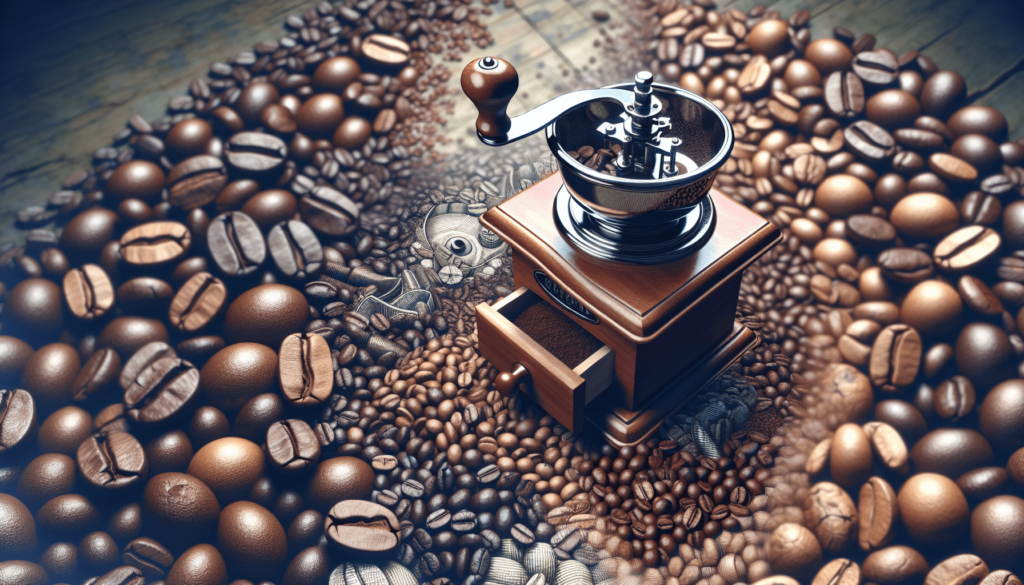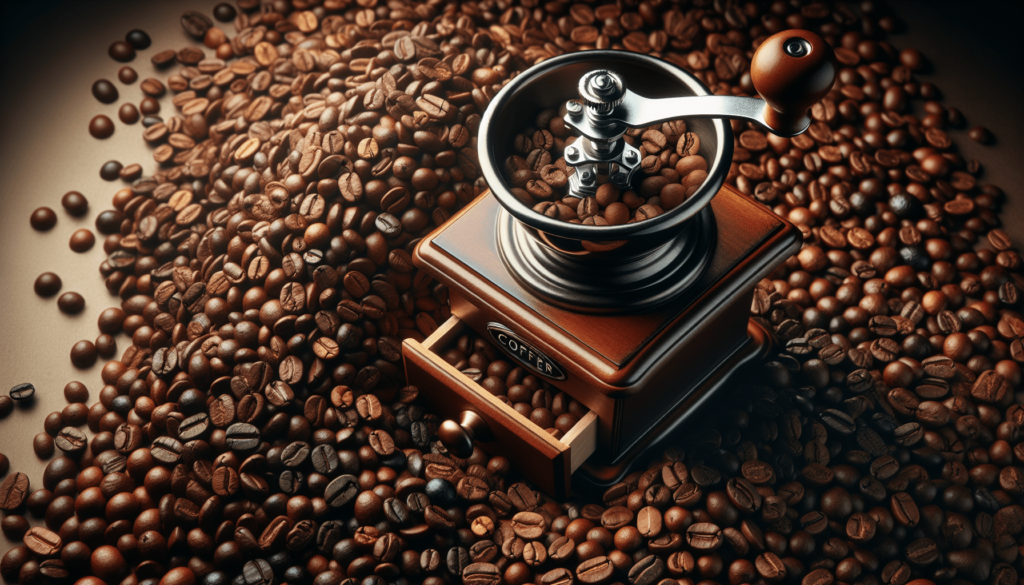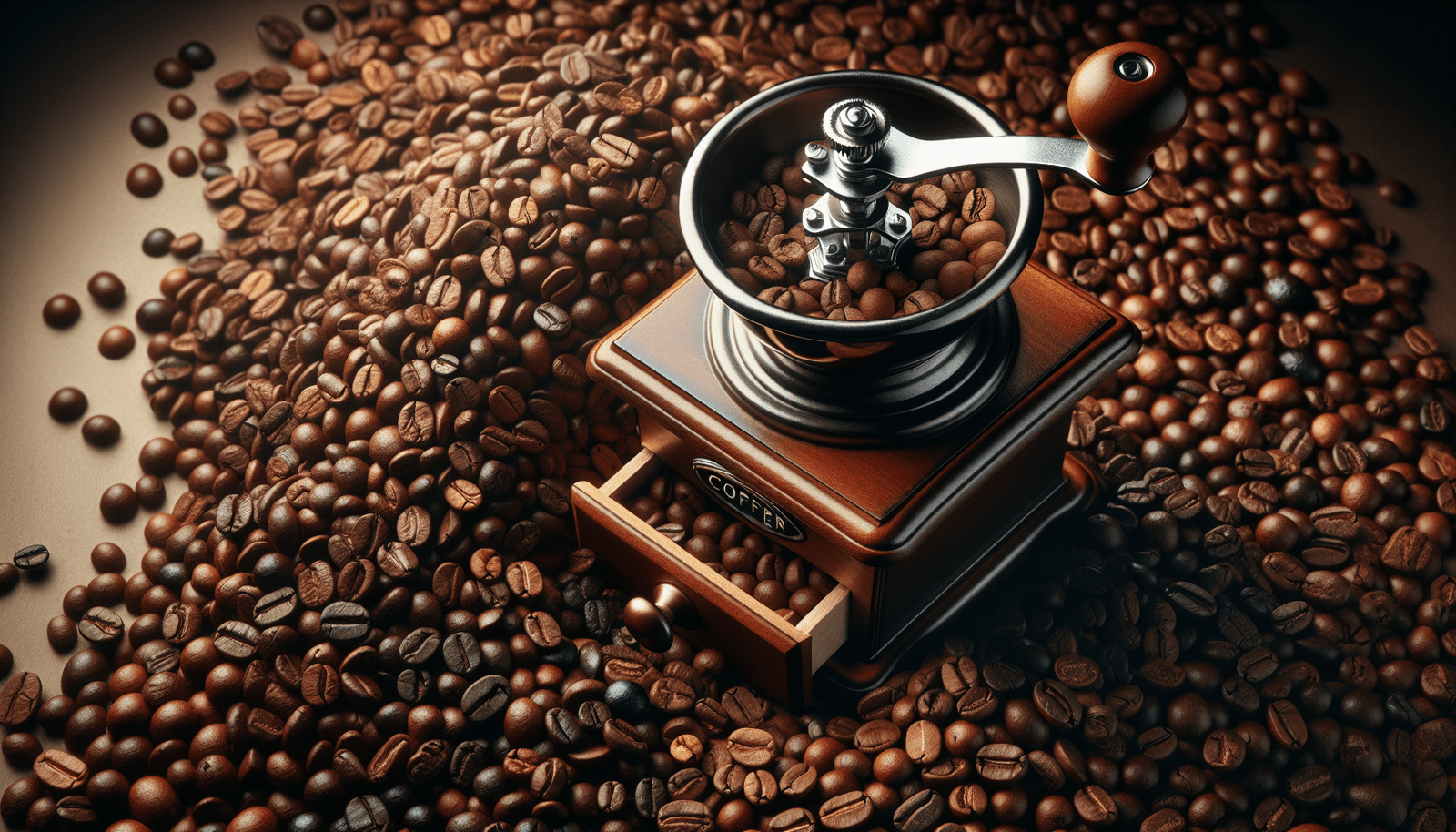Are you ready to elevate your coffee game and learn how to brew the perfect espresso shot with different bean types? With the right knowledge and techniques, you can unlock the full potential of your espresso machine and create a delicious, customized cup of coffee tailored to your taste preferences. By understanding the characteristics of different bean types and adjusting your brewing method accordingly, you can achieve a rich, flavorful espresso shot every time. Get ready to explore the world of coffee beans and take your home brewing to the next level! Have you ever wondered how to brew the perfect espresso shot with different types of beans? Whether you enjoy a bold and rich flavor or a more subtle and smooth taste, the type of beans you choose can greatly impact the quality of your espresso. In this article, we will explore the process of brewing the perfect espresso shot with different bean types. So grab your favorite beans and let’s get started!
Choosing the Right Beans for Your Espresso
When it comes to brewing the perfect espresso shot, the type of beans you use is crucial. From the flavor profile to the level of acidity, each type of bean brings something unique to the table. There are three main types of coffee beans used for espresso: Arabica, Robusta, and a blend of both.
Arabica Beans
Arabica beans are known for their nuanced flavors and low acidity, making them a popular choice for espresso lovers who prefer a smooth and mellow taste. These beans are often grown at higher altitudes, resulting in a more complex flavor profile with hints of fruit, floral, or chocolate notes.
Robusta Beans
Robusta beans, on the other hand, are known for their bold and strong flavor profile. They contain more caffeine and have a higher acidity level compared to Arabica beans, which gives them a more robust and intense taste. Robusta beans are often used in espresso blends to add depth and crema to the final shot.
Espresso Blend
An espresso blend typically combines Arabica and Robusta beans in different ratios to achieve a balanced and flavorful espresso shot. Blending these two types of beans allows roasters to create a unique flavor profile that balances the acidity, body, and crema of the espresso.
Grinding Your Beans
Once you have chosen the right beans for your espresso, the next step is to grind them to the perfect consistency. The grind size plays a significant role in the extraction process and ultimately determines the flavor and strength of your espresso shot.
Fine Grind
For espresso brewing, a fine grind is recommended to ensure maximum extraction of flavors from the coffee beans. A fine grind allows for a slower extraction process, producing a rich and full-bodied espresso shot with a thick crema on top.
Coarse Grind
A coarse grind is not suitable for espresso brewing as it will result in under-extraction and a weak-tasting shot. Finely ground coffee beans allow for the perfect balance of flavors to be extracted, creating a well-rounded and flavorful espresso shot.
Adjusting Grind Size
It is essential to adjust the grind size according to the type of beans you are using and the brewing method. Experiment with different grind settings to find the perfect balance between extraction time and flavor profile for your espresso shot.

Water Temperature and Pressure
In addition to choosing the right beans and grind size, water temperature and pressure play a crucial role in brewing the perfect espresso shot. The ideal water temperature for brewing espresso is around 195°F to 205°F, as it ensures proper extraction of flavors without scalding the coffee grounds.
Water Temperature
If the water temperature is too low, the espresso shot will be under-extracted and lack flavor. On the other hand, if the water temperature is too high, the coffee grounds may burn, resulting in a bitter and unpleasant taste. Maintaining the correct water temperature is key to brewing a balanced and flavorful espresso shot.
Pressure
Espresso machines use pressure to force hot water through the coffee grounds, extracting the flavors and oils that make up the perfect shot. The ideal pressure for brewing espresso is typically between 9 to 10 bars, which ensures a consistent and uniform extraction process. A higher pressure can result in over-extraction, while a lower pressure may lead to under-extraction.
Pre-infusion
Some espresso machines offer a pre-infusion feature, which wets the coffee grounds before applying full pressure. Pre-infusion helps to evenly saturate the coffee grounds and prepare them for extraction, resulting in a more balanced and flavorful espresso shot.
Brewing Techniques for Different Bean Types
Now that you have the right beans, grind size, water temperature, and pressure, it’s time to explore brewing techniques for different bean types. Whether you prefer a single origin Arabica or a bold Robusta blend, there are various methods to bring out the best flavors in your espresso shot.
Single Origin Arabica
For single origin Arabica beans, a slower extraction process is recommended to highlight the delicate flavors and aromas of the coffee. Using a higher water temperature and longer pre-infusion can enhance the sweetness and acidity of the espresso shot, resulting in a well-balanced and complex flavor profile.
Robusta Blend
When brewing a Robusta blend, a shorter extraction time and higher pressure are often preferred to extract the bold flavors and crema of the espresso shot. Robusta beans are more resilient to high temperatures and pressure, making them perfect for a strong and intense espresso shot.
Espresso Blend
With an espresso blend of Arabica and Robusta beans, it’s essential to experiment with different brewing techniques to find the perfect balance of flavors. Start with a medium grind size, a standard water temperature, and pressure, then adjust based on the taste and intensity you desire.

Tasting and Adjusting Your Espresso Shot
After brewing your espresso shot, it’s essential to taste and adjust the flavor profile accordingly. A well-balanced espresso shot should have a rich crema, a full-bodied mouthfeel, and a complex flavor profile with hints of sweetness, acidity, and bitterness.
Crema
The crema on top of your espresso shot is a crucial indicator of quality and freshness. A thick and creamy crema indicates a well-extracted espresso shot with the right balance of flavors. If the crema is thin or lacking, it may be a sign of under-extraction or stale coffee beans.
Mouthfeel
The mouthfeel of your espresso shot should be smooth and velvety, with a lingering aftertaste that highlights the flavors of the coffee. A well-balanced espresso shot will coat your palate and provide a satisfying sensory experience.
Flavor Profile
When tasting your espresso shot, pay attention to the flavor profile and how it evolves on your palate. Look for hints of sweetness, acidity, bitterness, and other complex flavors that contribute to the overall taste of the coffee. Adjust the grind size, water temperature, and pressure as needed to achieve the desired flavor profile.
Conclusion
Brewing the perfect espresso shot with different bean types is a rewarding and enjoyable process that allows you to experiment with flavors, aromas, and textures. By choosing the right beans, grind size, water temperature, and pressure, you can create a unique and flavorful espresso shot that suits your preferences. So go ahead, grab your favorite beans, and start brewing the perfect espresso shot today!

